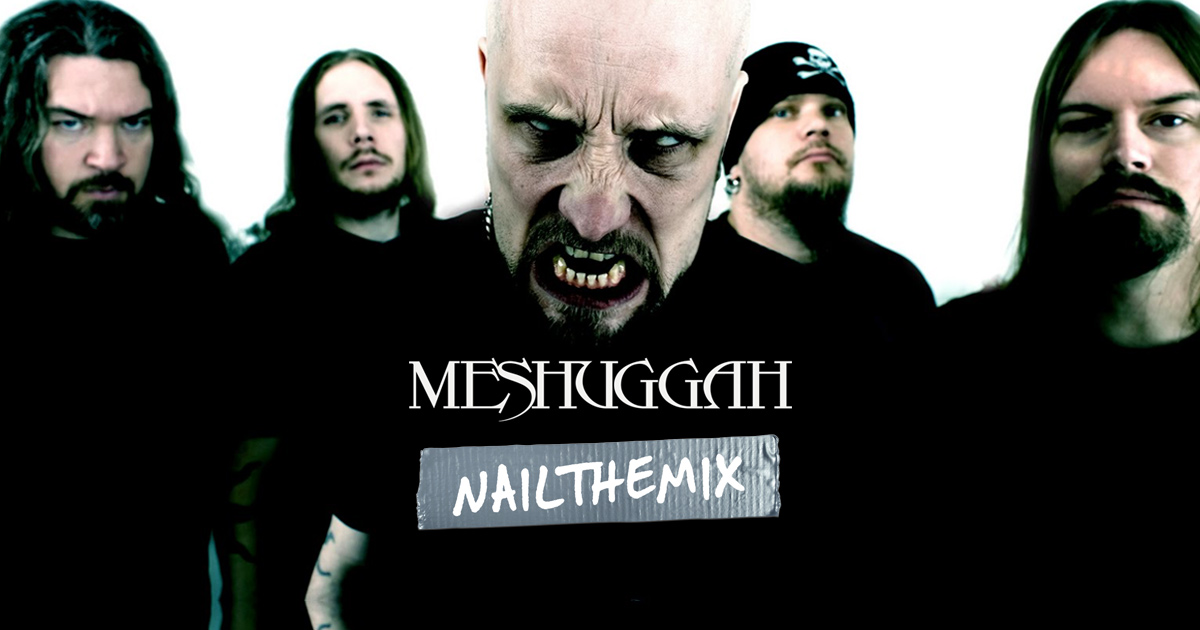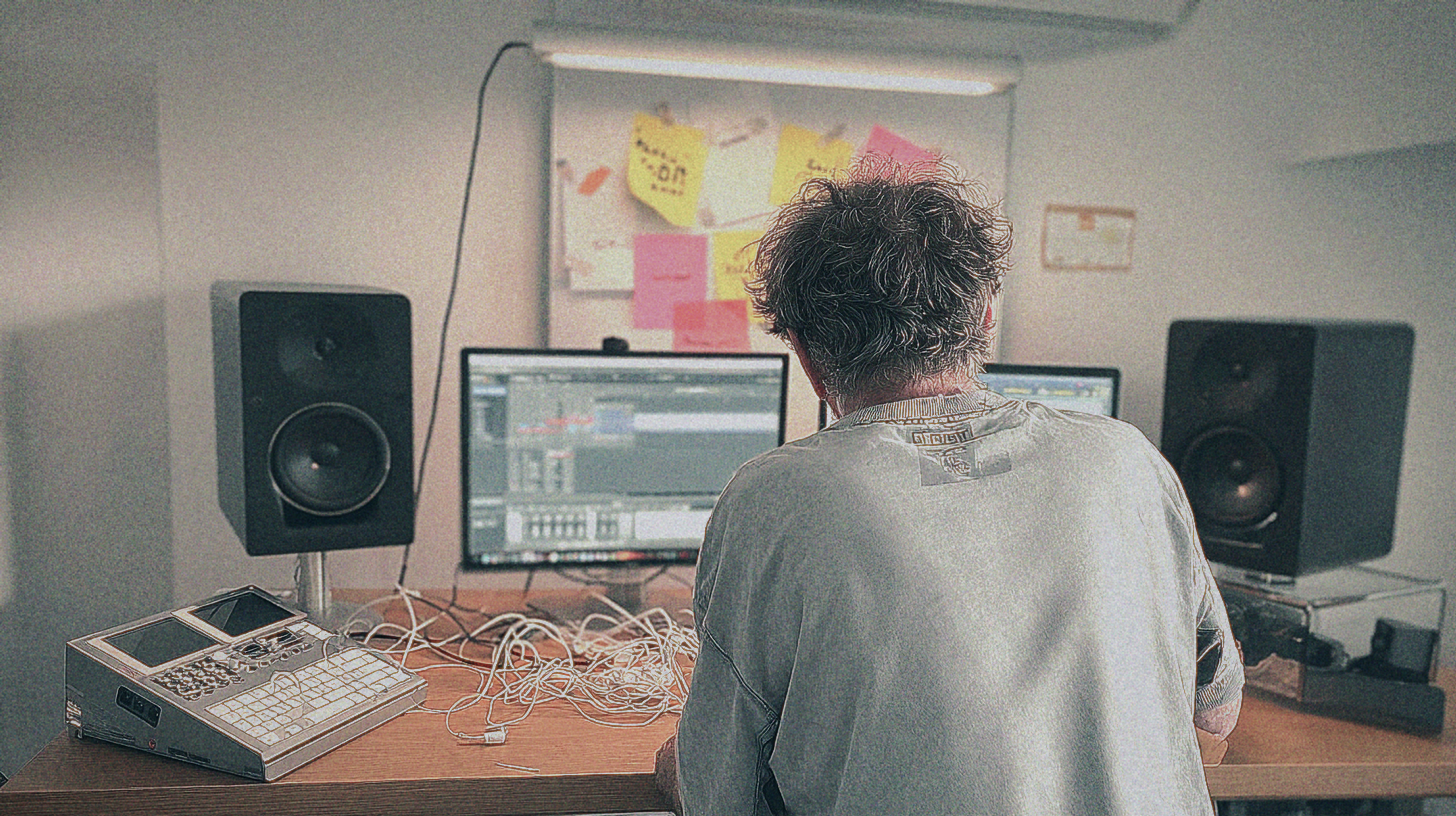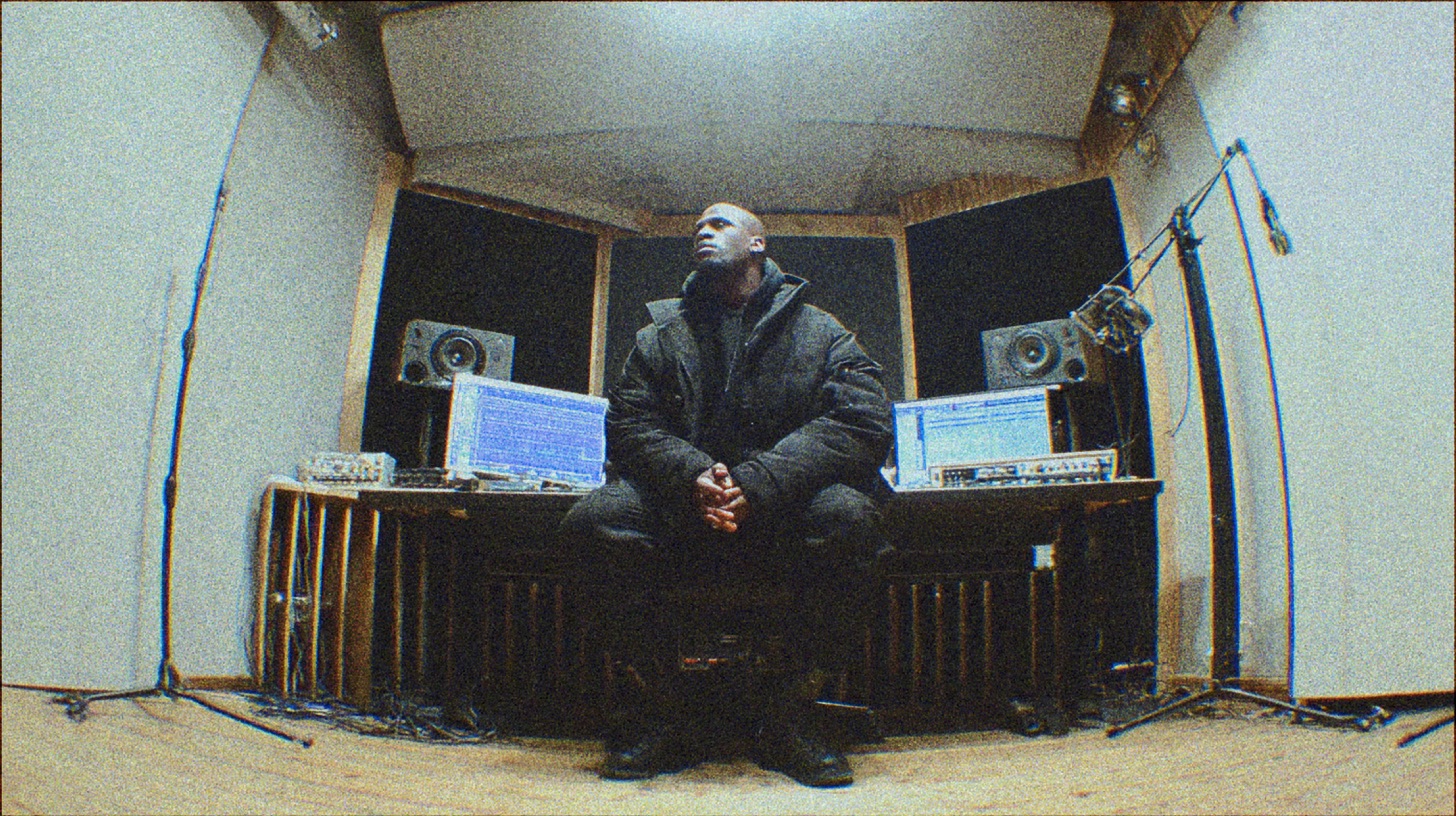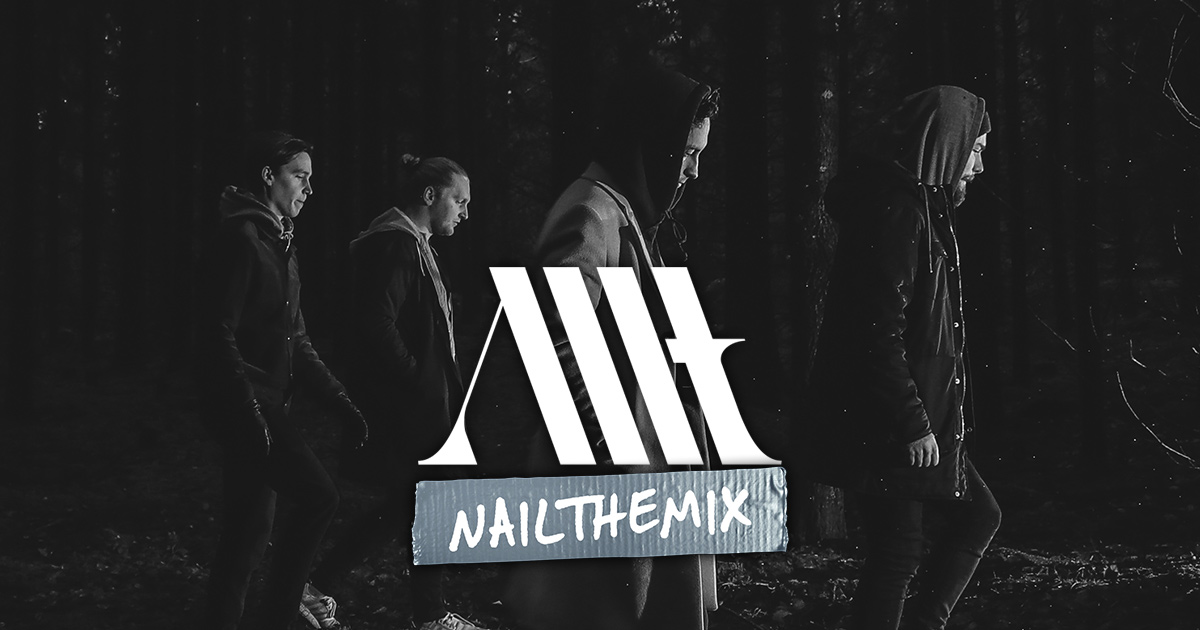
Scooped but Surgical: How Tue Madsen Mixes Meshuggah’s Guitars
Nail The Mix Staff
Meshuggah’s guitar tone is the definition of iconic. It’s a colossal, scooped-out wall of sound that feels both overwhelmingly powerful and surgically precise. How do you even begin to mix something that dense without it turning into a chaotic mess of mud?
We got a peek behind the curtain as legendary producer Tue Madsen (Behemoth, The Haunted) broke down his approach to taming Meshuggah’s formidable guitar tones. It’s a masterclass in balancing raw power with meticulous control. Forget just cranking the gain and scooping the mids; there’s a whole lot of nuance going on. Let’s dive into some of the key techniques he uses.
The Foundation: It All Starts at the Source
Before you even touch an EQ or a fader, the groundwork has to be perfect. For a band like Meshuggah, this is non-negotiable.
The “Fix It In The Mix” Myth
Tue makes one thing abundantly clear: the single most important part of the equation is the performance. These tones are easy to mix because Thomas Haake is a machine on the drums, and every member of Meshuggah plays at an incredibly high level.
No amount of engineering wizardry can save a sloppy performance. The idea that you can just “fix it in the mix” is a fast track to a weak-sounding record. It all starts with a world-class player, a great instrument, and a well-recorded signal.
Creative Gain Staging at the Guitar
Here’s a great trick for controlling your amp’s aggression. For the lower-gain guitar parts, Tue revealed they didn’t run back and forth to tweak the amps. Instead, they simply rolled back the volume on the guitar itself.
This might seem lazy, but it’s brilliant. It creates a much cleaner, lower-output DI signal. This approach changes the way the amp head reacts, resulting in a different character of distortion compared to just lowering the gain knob on the amp. It’s a more dynamic and organic way to clean up the tone while maintaining the core sound of the amp.
Building the Wall: Bus Processing & Subtle Layers
With solid source tones recorded, Madsen starts building the larger-than-life sound by grouping tracks and adding subtle, character-building layers.
The Sub-Octave “Ghost” Layer
One of the coolest tricks in Tue’s arsenal involves a Line 6 POD. He uses it to create a subtle layer that drops the guitar signal an octave before it even hits the main amp simulations.
This isn’t a loud, obvious octave effect. It’s a “ghost” layer that adds immense weight and depth to the low end. You can barely perceive it when it’s in the mix, but as Tue demonstrates, you miss it like crazy the second you take it away. It’s that secret ingredient that makes you wonder, “Is there even a bass in there?” while providing a foundation that allows the bass guitar to go even lower.
Collective Guitar Bus EQ
To ensure all the different guitar tracks sound like a single, cohesive unit, Tue sends them all to a master guitar bus. This is where he applies his main tonal shaping. By using group EQ as a whole, you can carve out space in the mix and add character without creating phasing issues or inconsistencies between the individual tracks.
He also keeps a noise gate on the bus as a safety measure. While it wasn’t really needed for this particular song, which has no major guitar breaks, it’s standard practice to have one ready to clamp down on any unwanted noise or hum during silent sections.
Surgical EQ: The Art of Notching
This is where the real “surgical” part of the technique comes into play. Guitars, especially high-gain ones, are full of harsh, resonant frequencies that can build up and cause ear fatigue.
Hunting for Annoying Frequencies
Tue’s method involves using an EQ with a very narrow Q (bandwidth) and a big boost, then sweeping it across the frequency spectrum. This helps him pinpoint specific frequencies that are “annoying” or stick out in a bad way. Once he finds one, he turns that boost into a cut. This is a fundamental move in subtractive EQ.
Avoiding the EQ Vortex
Here’s a crucial warning: be careful not to overdo it. Once you cut one annoying frequency, its “shadow frequencies”—the ones you couldn’t hear before—might suddenly become prominent. If you start chasing and cutting every little peak, you can fall into a vortex of subtractive EQ.
You’ll end up with an EQ curve that looks like a jagged mountain range, and your once-powerful guitar tone will sound thin, hollow, and horrible. The goal is to make small, precise adjustments, not to butcher the sound.
Small Dips, Big Impact
Often, a deep cut isn’t necessary. A small dip of just a few dB is enough to take the harsh edge off a frequency without fundamentally changing the core character of the guitar tone. Remember, the sound you dialed in was good for a reason. These small surgical cuts are just about polishing it and helping it sit better in a loud, dense mix.
The Golden Rule: The A/B Sanity Check
How do you know if your EQ moves are actually helping? Tue stresses one of the most important habits any mixer can develop: the A/B test.
Better, or Just Louder?
Your brain is hardwired to think that louder is better. When you boost frequencies with an EQ, you’re not just changing the tone—you’re also increasing the overall volume. This can easily fool you into thinking you’ve improved the sound when all you’ve really done is turn it up.
To combat this, you have to constantly bypass your plugins to compare the processed sound with the original. But there’s a catch. For a fair comparison, you need to match the volume. Tue suggests lowering the input gain before the EQ (or the output gain on the plugin itself) so that when you hit the bypass button, the perceived loudness stays the same. This gives you an honest, unbiased perspective on whether your EQ changes truly made the tone better, not just louder.

100+ Insanely Detailed Mixing Tutorials
We leave absolutely nothing out, showing you every single step
Learn from the Pros, In Your Own Studio
These techniques from Tue Madsen are incredibly powerful and you can start applying them to your own mixes today. But reading about them is one thing—seeing them applied in real-time is another.
Meshuggah on Nail The Mix
Tue Madsen mixes "MonstroCity"
Get the Session
Imagine watching Tue build this entire Meshuggah mix from scratch, explaining every plugin choice, fader move, and creative decision. On Nail The Mix, you can. You get the real, raw multitracks from massive metal records and watch the original producers mix them live. See how pros like Will Putney, and Jens Bogren tackle everything from drums and bass to vocals and final mastering. It’s the ultimate way to unlock your sound and mix metal beyond presets.
Want to go deep on this incredible Meshuggah track? Check out Tue Madsen’s full Nail The Mix session and get the multitracks to try these surgical techniques for yourself.
Get a new set of multi-tracks every month from a world-class artist, a livestream with the producer who mixed it, 100+ tutorials, our exclusive plugins and more
Get Started for $1



